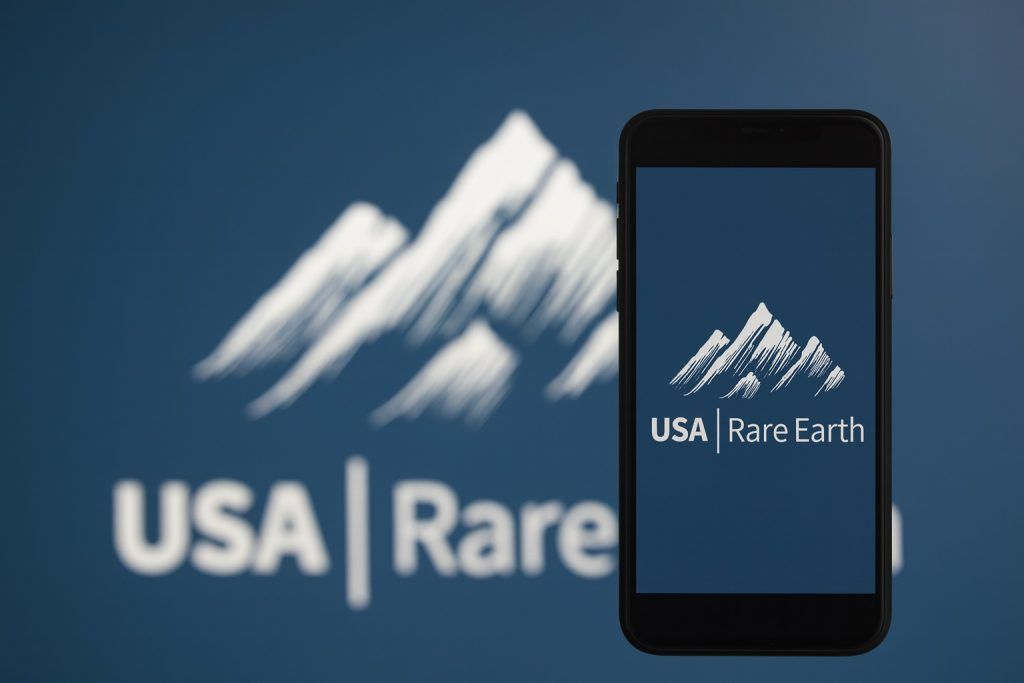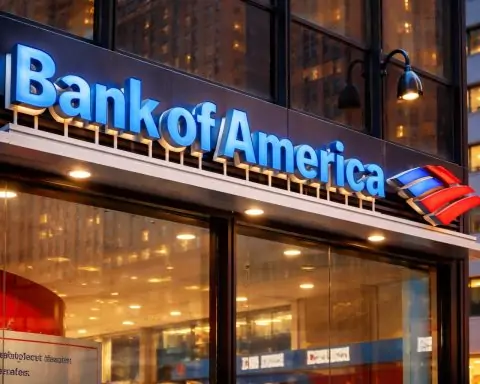Bank of America is doubling down on wealth management. Less than a week after its first Investor Day since 2011, the bank’s leadership is telegraphing an aggressive plan to grow Merrill’s fee‑generating assets by as much as $150 billion annually and lift Global Wealth & Investment Management (GWIM) to a >30% pre‑tax margin—moves CEO Brian Moynihan frames as tapping a “huge opportunity” in U.S. wealth and the ultra‑high‑net‑worth market. [1]
What changed: A sharper, wealth‑led growth story
At last week’s Investor Day, Merrill co‑head Eric Schimpf told investors the firm is aiming for 4%–5% net new asset growth and $135B–$150B of fee‑producing inflows each year, with revenue rising roughly 2x the pace of expenses—a formula meant to expand margins and deliver positive operating leverage. Co‑head Lindsay Hans tied the strategy to Bank of America’s giant client base across consumer, small‑business and workplace channels, calling it a pipeline for fully advised relationships. [2]
The uplift targets are bold but specific. A slide in the GWIM deck shows a path from ~24% YTD 3Q25 pre‑tax margin to “>30%” in the medium term, driven by deeper client relationships, advisor team investments, and platform efficiency (including AI). Management also targets improving return on average allocated capital to 30%. [3]
How Merrill plans to get there
1) Grow and upskill the advisor force
Merrill says it has >15,000 wealth advisors today and is leaning on both recruiting and a training program with ~2,400 participants to rebuild and expand its bench—key to faster client acquisition and larger wallet share. [4]
2) Convert more assets to advisory
Leaders outlined plans to shift client balances from brokerage into fee‑based advisory, inverting today’s mix (currently cited as 53% brokerage / 47% fee‑based) to majority advisory over time—supporting more recurring, higher‑quality revenue. [5]
3) Cross‑sell banking and credit
Expect a bigger push on deposits and lending—from securities‑based lines of credit to custom credit and mortgages—where a larger share of revenue falls straight to the bottom line. Bank of America’s scale advantage here is explicit: GWIM reported $279B in deposits and $253B in loans as of 3Q25. [6]
4) Put AI on every desktop
Merrill has rolled out tools that can summarize statements and planning documents to speed client‑review prep “from hours to minutes,” freeing advisors to spend more time with clients. [7]
Sizing the prize: Clients already “in the house”
Hans emphasized the enterprise funnel: Bank of America serves ~45,000 companies employing ~69 million people, and leadership estimates ~11 million existing bank customers should also be Merrill clients (only ~1.5 million are today). Schimpf pegs the investable asset opportunity at ~$10 trillion—so even 1% penetration equates to ~$100 billion of flows. [8]
By the numbers: GWIM today
- Client balances:$4.6T (as of 3Q25)
- Advisors:>15,000
- Revenue:$23B (FY 2024)
- YTD 3Q25 pre‑tax margin:24%
- Deposits / Loans:$279B / $253B (as of 3Q25)
- Share of BofA segment revenue:21% (FY 2024) [9]
Merrill also reported $24B of net new assets in Q3 and just over $2T in fee‑generating assets, with 26,000 bank accounts opened by wealth clients during the quarter—evidence of cross‑selling momentum the bank wants to scale. [10]
Industry context—and why this matters now
Bank of America used Investor Day to raise profitability ambitions and argue that tech investment plus a unified “One Company” approach can close the gap with peers. Analysts focused on whether the wealth push can lift group returns toward leaders like JPMorgan. Reuters reported BofA raised a closely watched profitability target and framed tech and expansion as key levers; separately, it noted GWIM’s medium‑term 4%–5% net new asset growth and $135B–$150B annual fee‑asset inflows. [11]
Moynihan’s wealth‑first emphasis dovetails with competitive pressure: Bank of America’s core wealth balances of $4.6T trail JPMorgan’s $6.8T and Morgan Stanley’s $7T, underscoring the headroom Merrill is chasing. [12]
What clients and advisors should watch
- More advisory relationships: Expect additional nudges to enroll in managed programs (Merrill One), integrated planning, and ongoing discretionary advice. [13]
- Easier banking‑wealth integration: More embedded credit and deposit offers alongside portfolios—particularly securities‑based lending and tailored credit for UHNW. [14]
- Advisor productivity tools: Wider rollout of AI‑assisted prep and review tools should translate to more proactive outreach and more frequent planning conversations. [15]
The bottom line
Bank of America is staking future growth on wealth—and on Merrill’s ability to add assets faster, deepen relationships, and wring efficiency from scale. The math is straightforward: keep net new assets growing at 4%–5%, push more balances into advisory, lean into banking cross‑sell, and hold expenses in check so revenue compounds faster. Execute that, and the >30% margin target for GWIM looks achievable; fall short, and the gap to peers will keep the pressure on management. [16]
Sources & further reading
- Financial Planning: “Merrill execs to investors: We’ll bring in $150B in new assets a year” (Nov. 5, 2025). [17]
- AdvisorHub: “Merrill Leans on Headcount Growth, Banking, Advisory Accounts in Pursuit of 30% Margin” (Nov. 5, 2025). [18]
- Bank of America – GWIM Investor Day Slide Deck (Nov. 5, 2025). [19]
- Reuters: “Bank of America raises return target…plan to catch up with rivals” (Nov. 5, 2025) and “BofA wealth unit eyes 4%–5% net new asset growth” (Nov. 5, 2025). [20]
- Bank of America Press Release: “Bank of America’s 2025 Investor Day” (Nov. 5, 2025). [21]
- Fortune: “Bank of America CEO sees a ‘huge opportunity’ in the U.S. wealth business and ultra‑high‑net worth” (Nov. 8, 2025). [22]
References
1. fortune.com, 2. www.reuters.com, 3. d1io3yog0oux5.cloudfront.net, 4. www.financial-planning.com, 5. www.advisorhub.com, 6. www.advisorhub.com, 7. www.financial-planning.com, 8. www.financial-planning.com, 9. d1io3yog0oux5.cloudfront.net, 10. www.financial-planning.com, 11. www.reuters.com, 12. www.reuters.com, 13. www.advisorhub.com, 14. www.advisorhub.com, 15. www.financial-planning.com, 16. d1io3yog0oux5.cloudfront.net, 17. www.financial-planning.com, 18. www.advisorhub.com, 19. d1io3yog0oux5.cloudfront.net, 20. www.reuters.com, 21. newsroom.bankofamerica.com, 22. fortune.com









